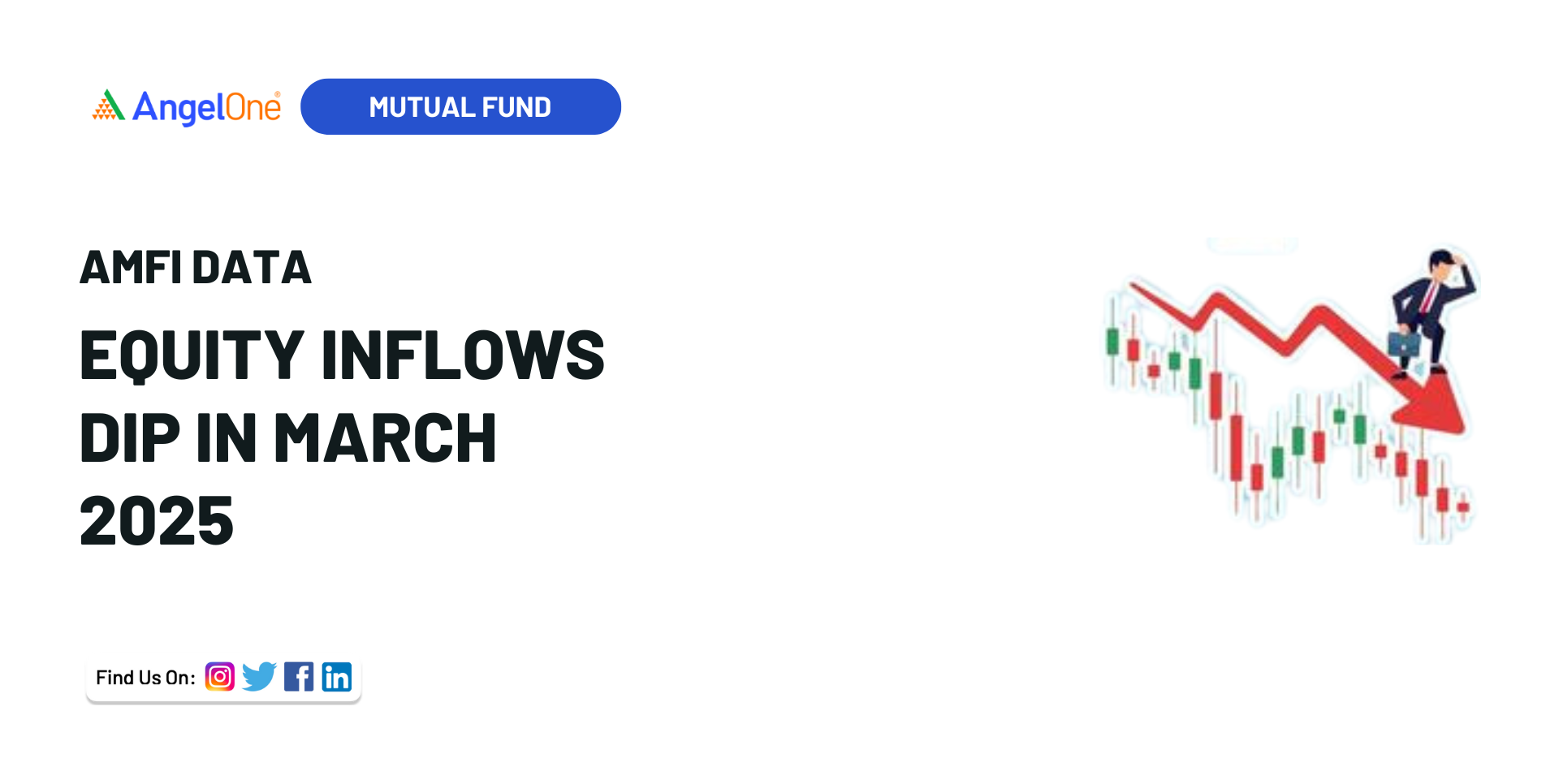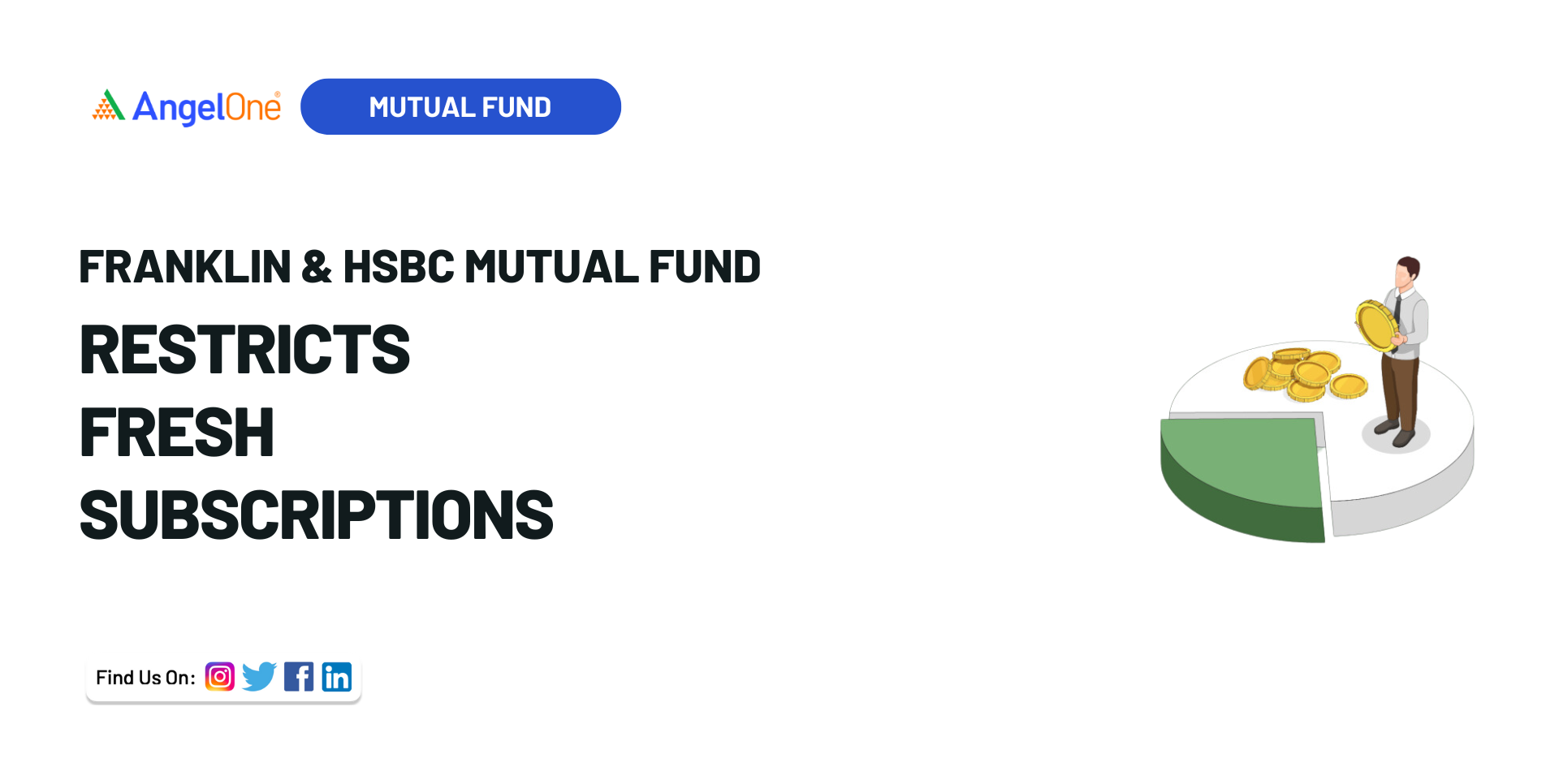Equity Mutual Funds
Hybrid Mutual Funds
Solution Oriented Funds
Other Mutual Funds
SEBI’s Categorisation of Mutual Fund Schemes
The Securities and Exchange Board of India (SEBI) is the market regulator of India's securities market. In a 2017 circular on mutual fund categorisation, SEBI classified all current and upcoming mutual fund schemes into five main groups: equity funds, debt funds, hybrid funds, solution-oriented funds, and other funds, including ETFs and FOFs. These groups are further divided into 39 mutual fund scheme categories available in the market.
Reasons Behind the Mutual Fund Recategorisation
SEBI aims to standardise the functioning of Asset Management Companies (AMCs) by introducing mutual fund categorisation rules. The move seeks to eliminate confusion caused by misleading scheme names. The new regulations require AMCs to define names clearly based on fund objectives and asset allocation. This ensures transparency for investors, facilitating easier product comparison and selection. Additionally, the rules establish a framework for fund managers to maintain focus on specific objectives, discouraging frequent changes.
What Are the Rules for Mutual Fund Recategorisation?
SEBI has implemented changes in mutual fund categorisation to provide investors with clearer options. The new rules include:
- Enhanced Classification: SEBI now clearly defines asset allocation, investment mandate, and risk profiles for mutual fund schemes. Categories include Equity, Debt, Hybrid, Solution Oriented, and Others.
- Scheme Renaming: Schemes must be renamed to reflect their risk profiles, removing misleading adjectives like "opportunity" or "advantage" that may attract investors without a thorough risk analysis.
- Introduction of Lock-in Period: Certain solution-oriented schemes, like retirement and children's funds, may have a lock-in period introduced by SEBI to align with their objectives. Existing investors may not be affected by this change.
- Changes to Scheme Attributes: Fund houses are mandated to redefine the investment mandate, strategy, and benchmark against which fund performance will be evaluated.
These new SEBI rules necessitate Asset Management Companies (AMCs) to realign their offerings in line with the updated norms, providing investors with increased transparency and clarity.
Equity Schemes
Equity schemes are divided into 12 different categories, primarily investing in stocks. Large, mid and small-cap stocks define the investment universe based on the scheme's mandate. The equity funds can be further expanded on the basis of the sector/theme and investing strategy of the fund.
Debt Schemes
Debt schemes offer 16 categories: investing in the money market or debt securities. Money market securities include commercial papers, certificates of deposits, and treasury bills, while debt market securities include government securities, PSU bonds, and non-convertible debts. Sub-categories are based on the nature of investments and their maturity period.
Hybrid Schemes
Hybrid schemes are a blend of equity and debt funds. Hybrid schemes have seven categories to invest in. Aggressive Hybrid Funds have the highest exposure to equities, while debt-oriented hybrid funds (Conservative Hybrid Funds) have the least exposure to debt instruments. Know more about the structure of Hybrid schemes in the table listed below.
Solution-oriented Schemes
Solutions-oriented schemes include Retirement Funds and Children’s Funds. These are open-ended funds with a minimum lock-in period of 5 years or until retirement age (for Retirement Funds) and/or until the child reaches the age of majority (for Children’s Funds).
Other Schemes
Other Schemes consist of two sub-categories – Index Funds/ETFs and Fund of Funds (FoFs). Index Funds/ETFs invest 95% of the assets in securities of a specific index. Fund of Funds also invests a minimum of 95% in underlying funds. FoFs are of two types – Domestic and Overseas.
Equity Scheme Categories
| Scheme Category | Key Features |
|---|---|
| Large-cap Fund | Invest 80% in large-cap firms' equity and related securities |
| Mid-cap Fund | Invest 65% in mid-cap firms' equity and related securities |
| Small-cap Fund | Invest 65% in small-cap firms' equity and related securities |
| Multi-cap Fund* | Invest 65% in equity and related securities across market caps |
| Large and Mid-cap Fund | Invest 35% in large-cap and 35% in mid-cap firms' equity |
| Flexi Cap Fund | Invest in equity across all market capitalisations |
| Dividend Yield Fund | Majorly invest in dividend-yielding stocks and at least 65% in equity |
| Value Fund | Follow a value investment strategy, investing 65% in equity |
| Contra Fund | Follow a contrarian strategy, investing 65% in equity |
| Sectoral/Thematic Fund | Invest at least 80% in a specific theme or sector |
| Focused Fund | Invest 65% in equity, focusing on a maximum of 30 stocks |
| ELSS (Equity Linked Savings Scheme) | Invest 80% in equity and related securities |
Note: Multi-cap Fund is also referred to as Diversified Equity Funds.
Debt Scheme Categories
| Scheme Category | Key Features |
|---|---|
| Low-duration Fund | Invests in money market and debt securities with a portfolio Macaulay duration of 6 to 12 months. |
| Ultra-short Duration Fund | Invests in money market and debt securities with a portfolio Macaulay duration of 3 to 6 months. |
| Liquid Fund | Invests in money market and debt securities with a maturity of up to 91 days only. |
| Overnight Fund | Invests in overnight securities with a 1-day maturity. |
| Short-duration Fund | Invests in money market and debt securities with a portfolio Macaulay duration of 1 to 3 years. |
| Medium Duration Fund | Invests in money market and debt securities with a portfolio Macaulay duration of 3 to 4 years. |
| Money Market Fund | Invests in money market securities with a maturity of up to 1 year. |
| Medium- to Long-duration Fund | Invests in money market and debt securities with a portfolio Macaulay duration of 4 to 7 years. |
| Long-duration Fund | Invests in money market and debt securities with a portfolio Macaulay duration of more than seven years. |
| Corporate Bond Fund | Invests 80% of its total assets in the highest-rated corporate bonds. |
| Dynamic Bond Fund | Invests across different durations. |
| Banking & PSU Fund | Invests 80% of total assets in debt securities of banks, public sector undertakings, and public financial institutions. |
| Credit Risk Fund | Invests 65% of total assets in corporate bonds with an AA rating or lower. |
| Floater Fund | Invests 65% of total assets in floating rate instruments |
| Gilt Fund | Invests 80% of total assets in government securities. |
| Gilt Fund with 10-year Constant Duration | Invests 80% of total assets in government securities, maintaining a constant portfolio Macaulay duration of 10 years. |
Hybrid Scheme Categories
| Scheme Category | Key Features |
|---|---|
| Balanced Hybrid Fund | Invests 40-60% in equity and related securities; 40-60% in debt securities. No arbitrage allowed. |
| Aggressive Hybrid Fund | Allocates 65-80% in equity and related securities; and 20-35% in debt securities. |
| Conservative Hybrid Fund | Invests 10-25% in equity and related securities; 75-90% in debt securities. |
| Dynamic Asset Allocation/Balanced Advantage Fund | Flexible management of equity and debt securities. |
| Multi-Asset Allocation Fund | Invests in a minimum of three asset classes, with a minimum 10% allocation in each. |
| Equity Savings | Puts at least 65% in equity and 10% in debt securities. |
| Arbitrage Fund | Follows an arbitrage strategy, with at least 65% in equity and related securities. |
Solution-oriented Schemes Categories
| Scheme Category | Key Features |
|---|---|
| Children’s Fund | Lock-in period: Minimum 5 years or until the child reaches majority age, whichever is earlier. |
| Retirement Fund | Lock-in period: Minimum 5 years or until retirement age, whichever is earlier. |
Other Schemes Categories
| Scheme Category | Key Features |
|---|---|
| Index Funds/ETFs | Mirrors performance of the underlying market index |
| Fund of Funds | Allocates at least 95% of assets into underlying funds |








